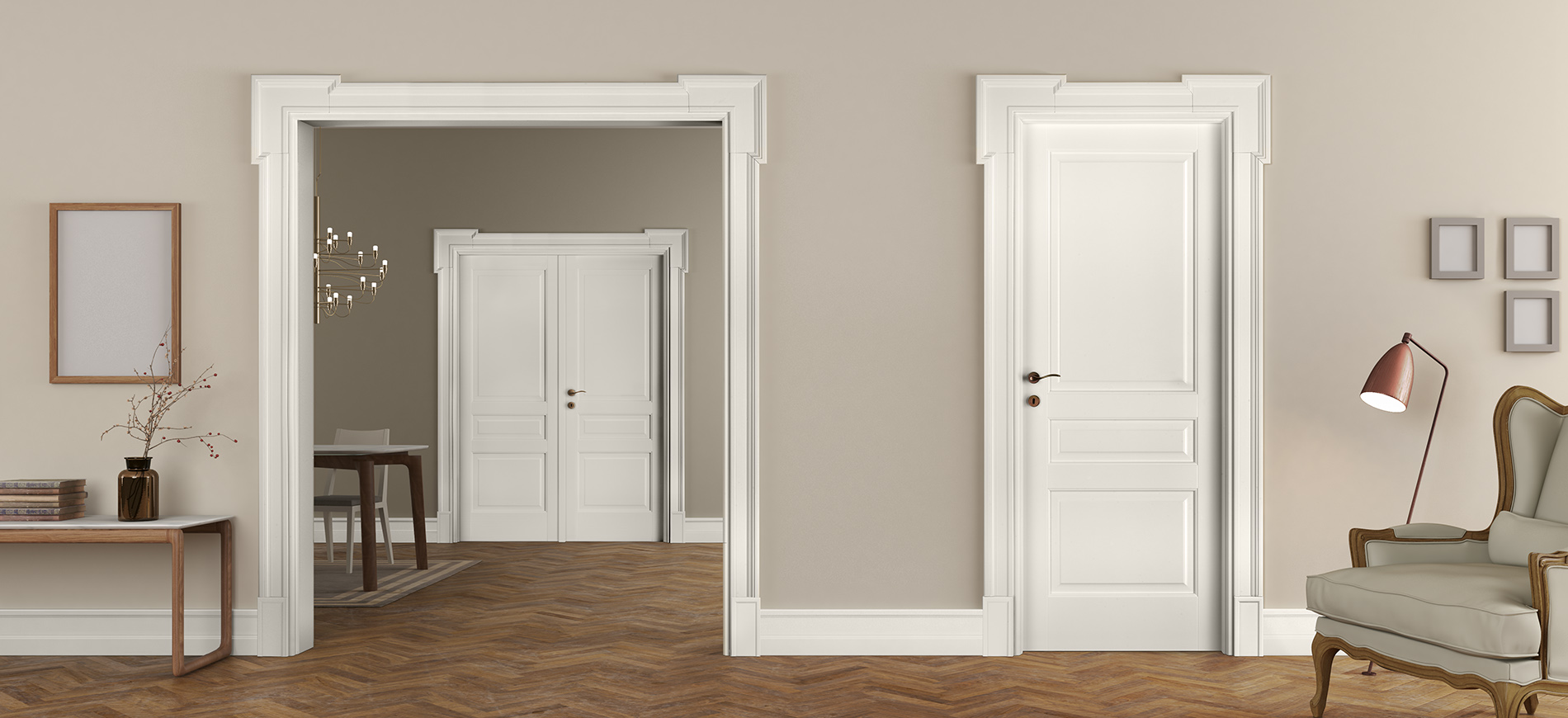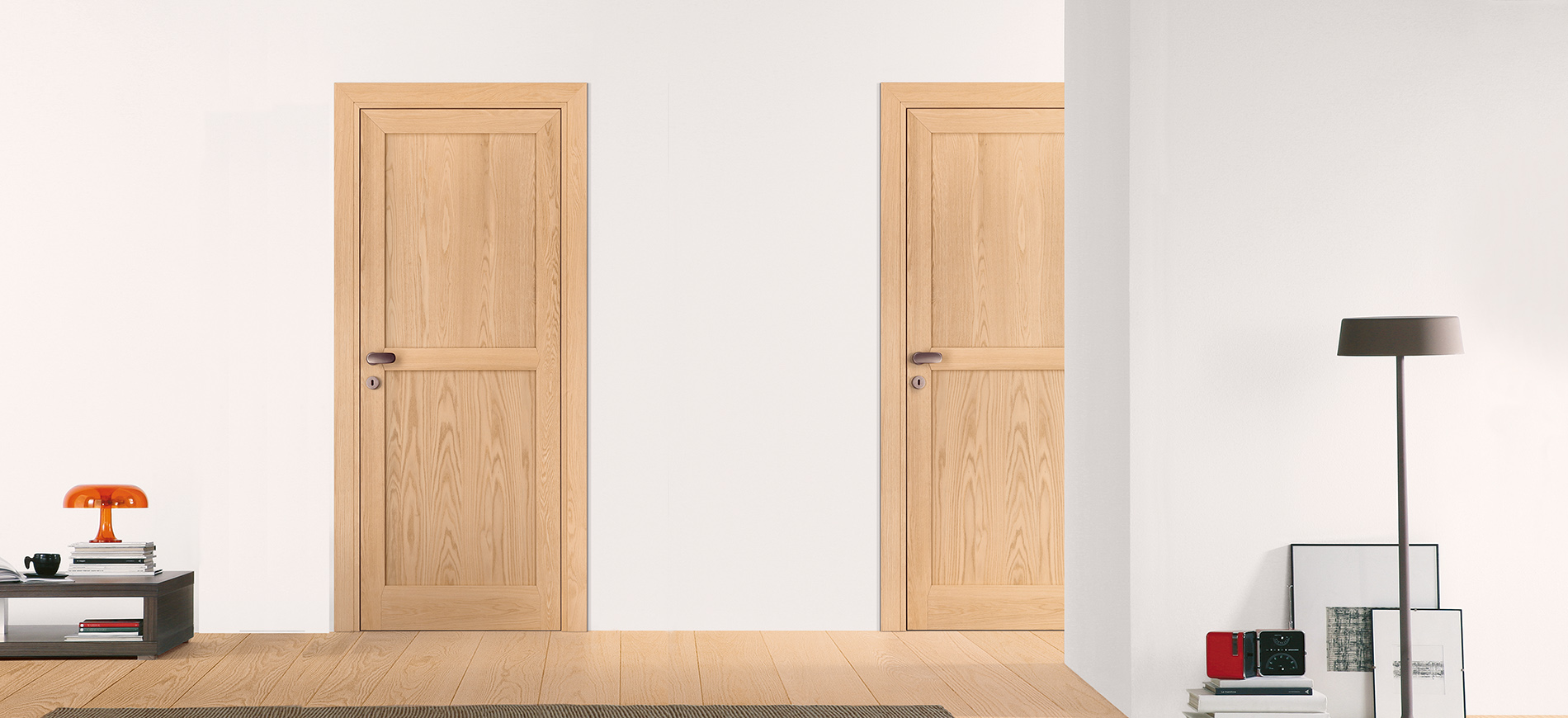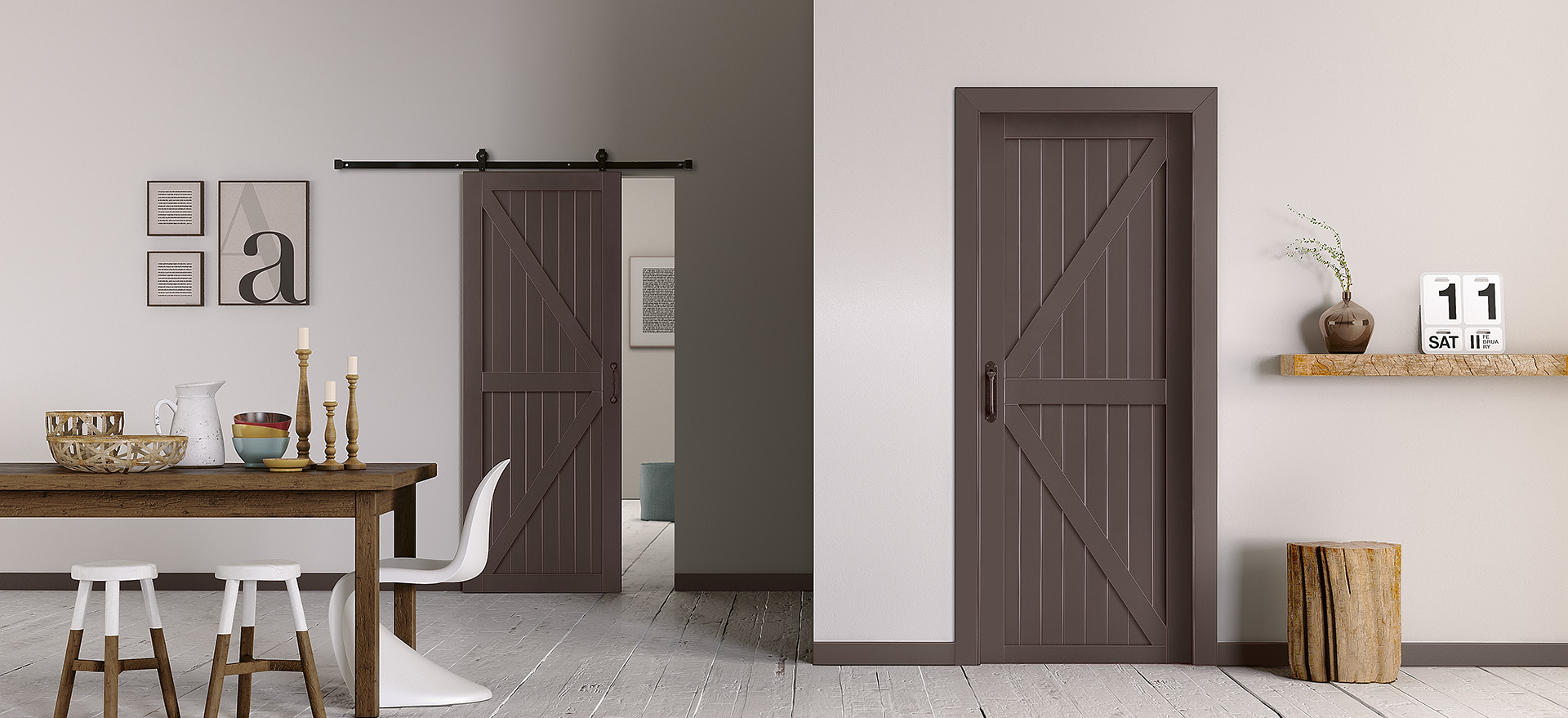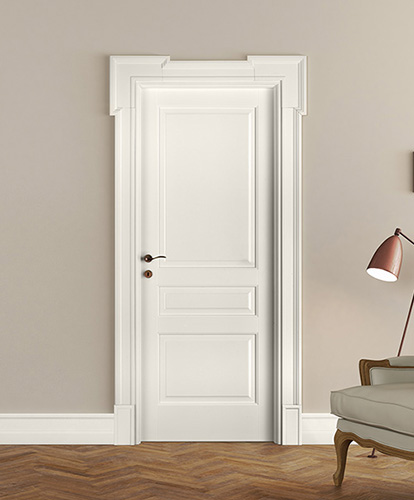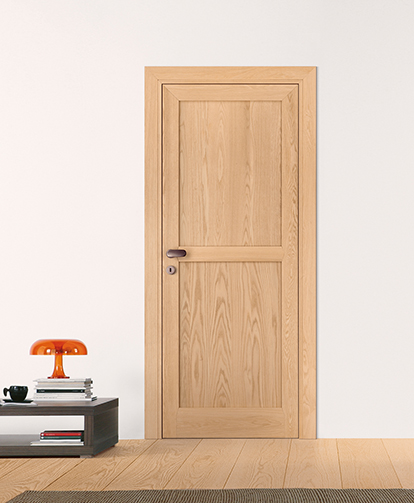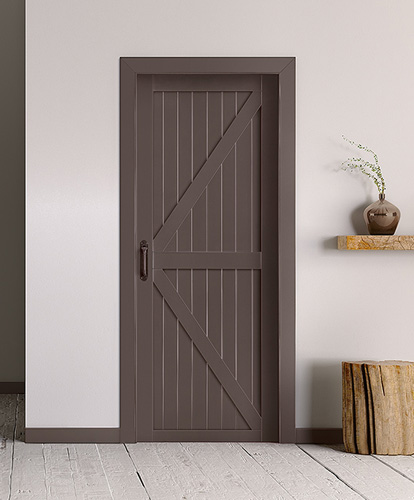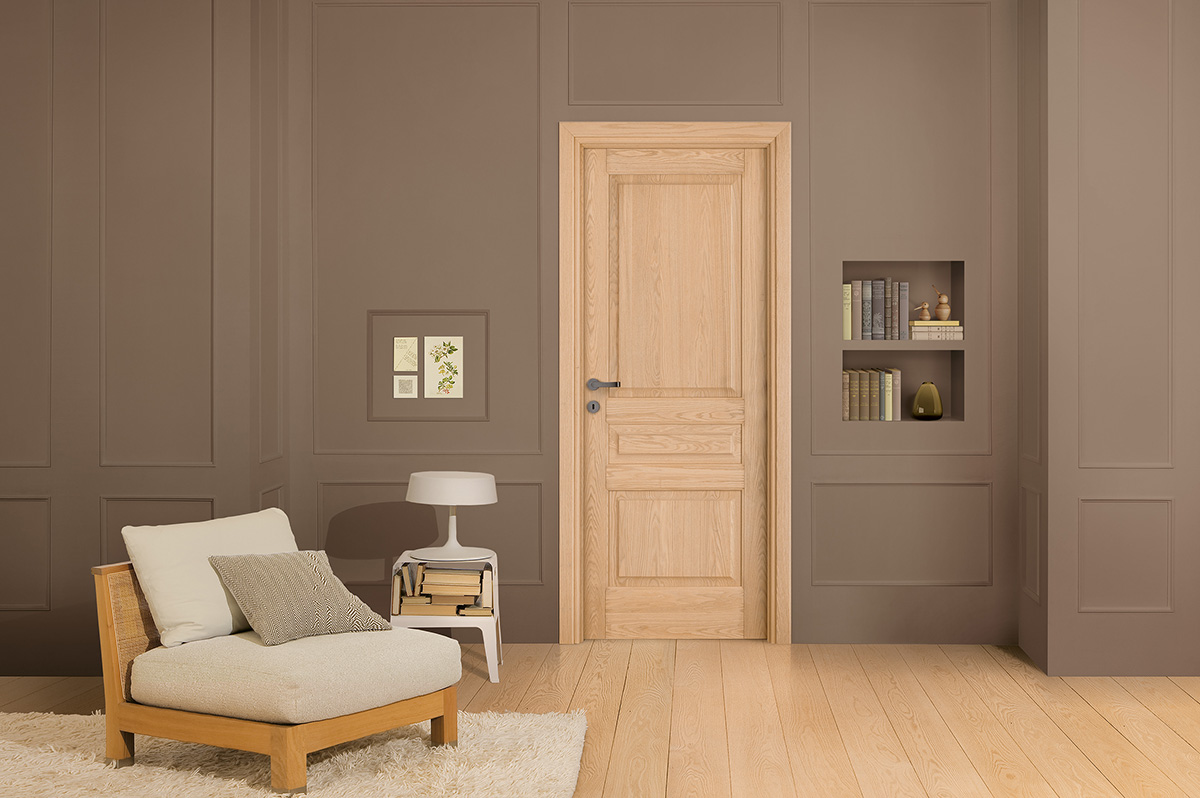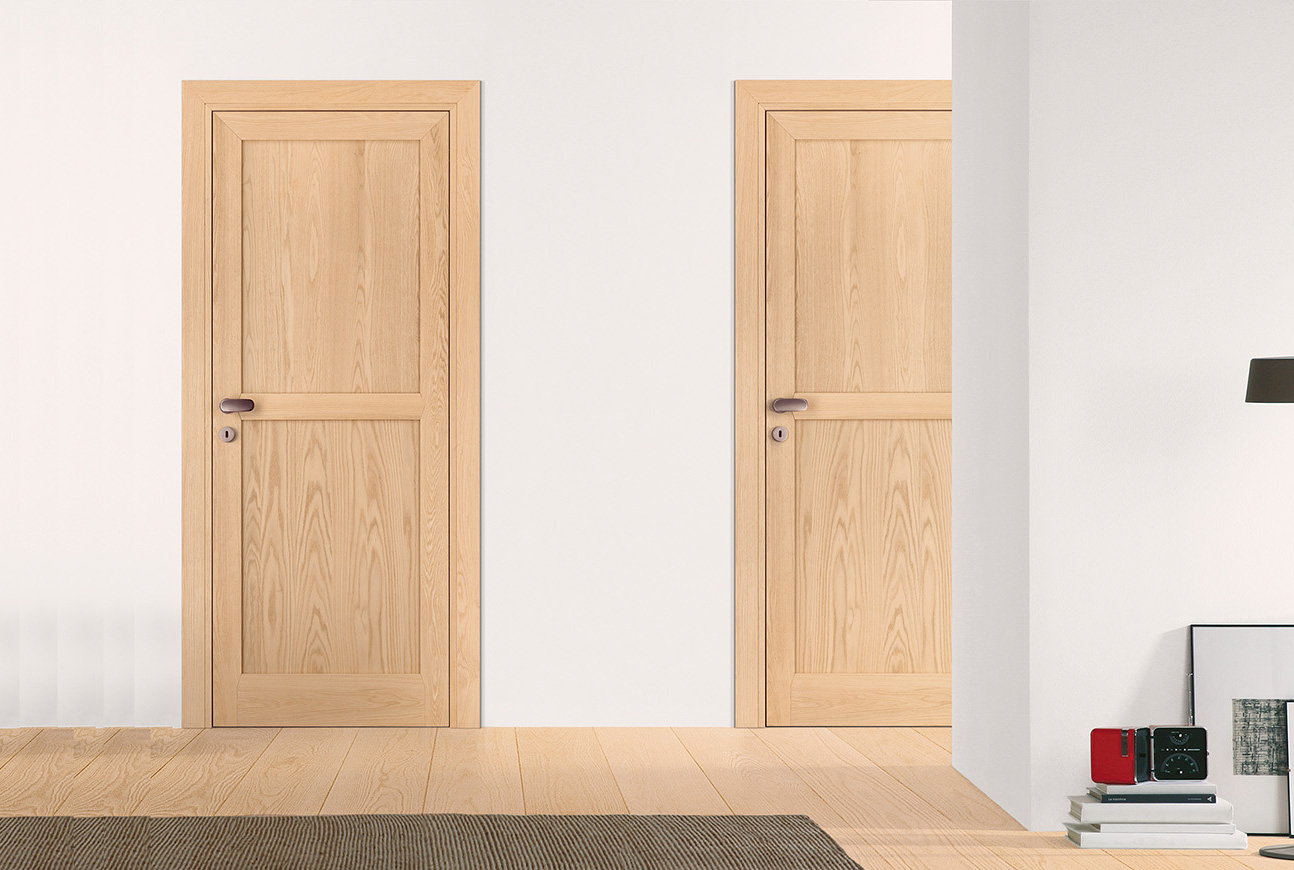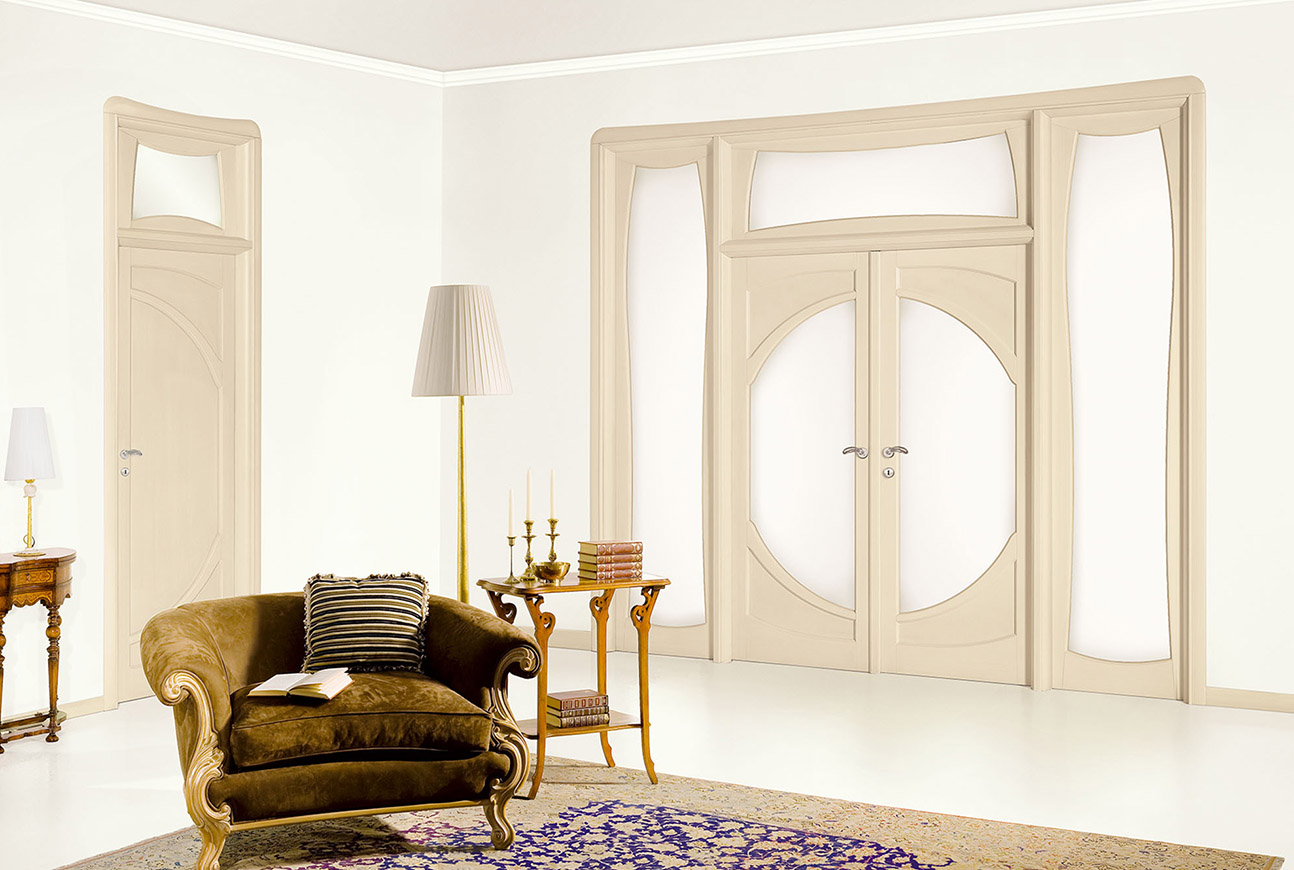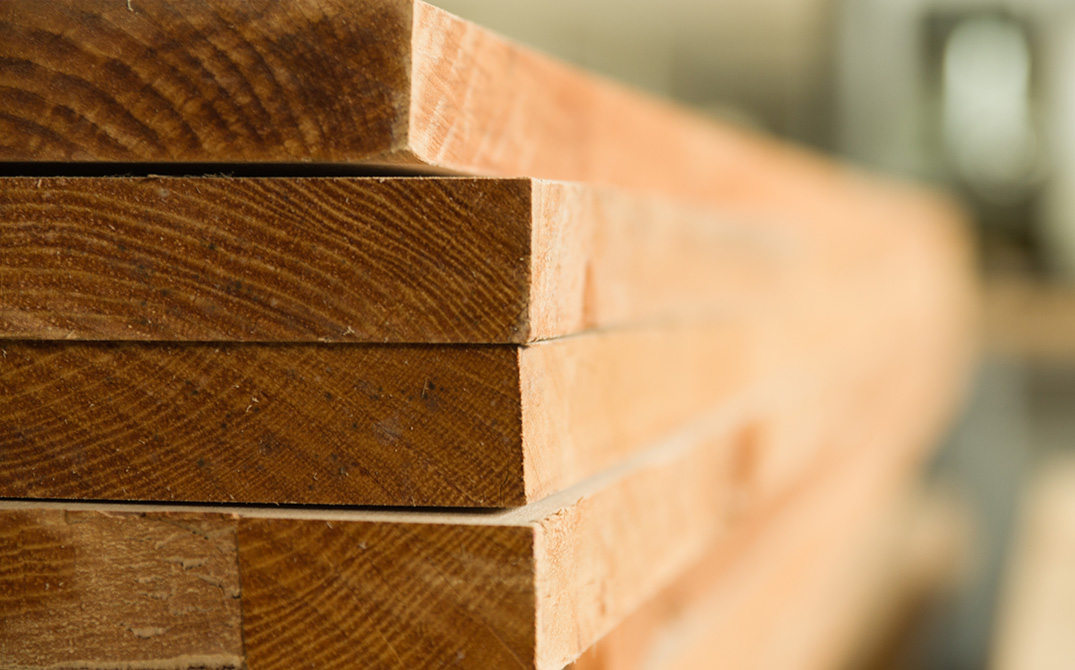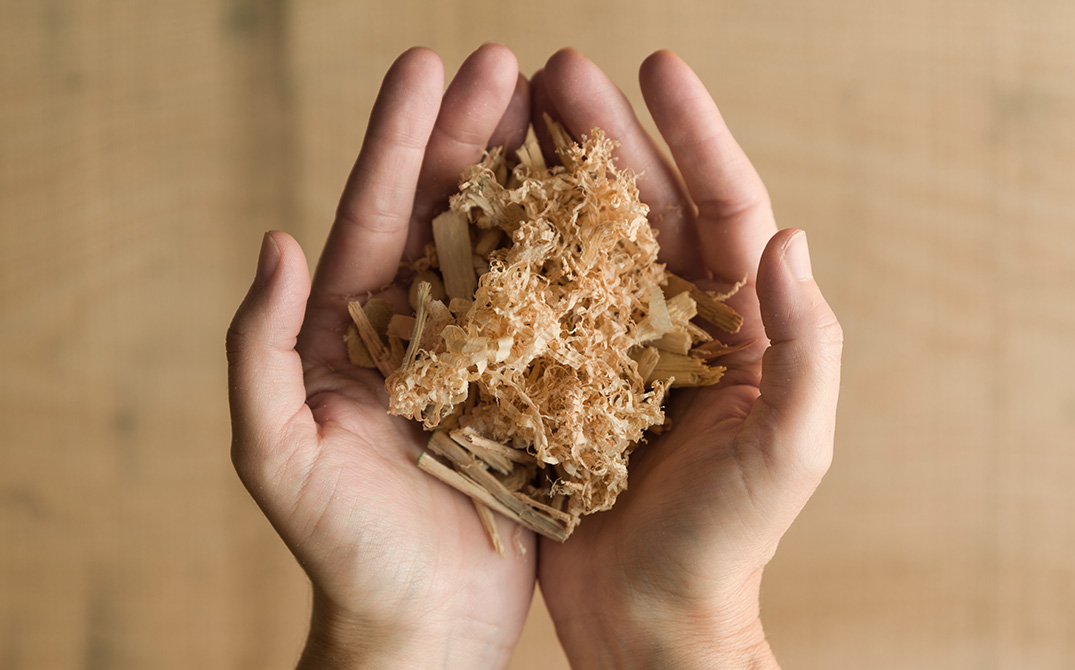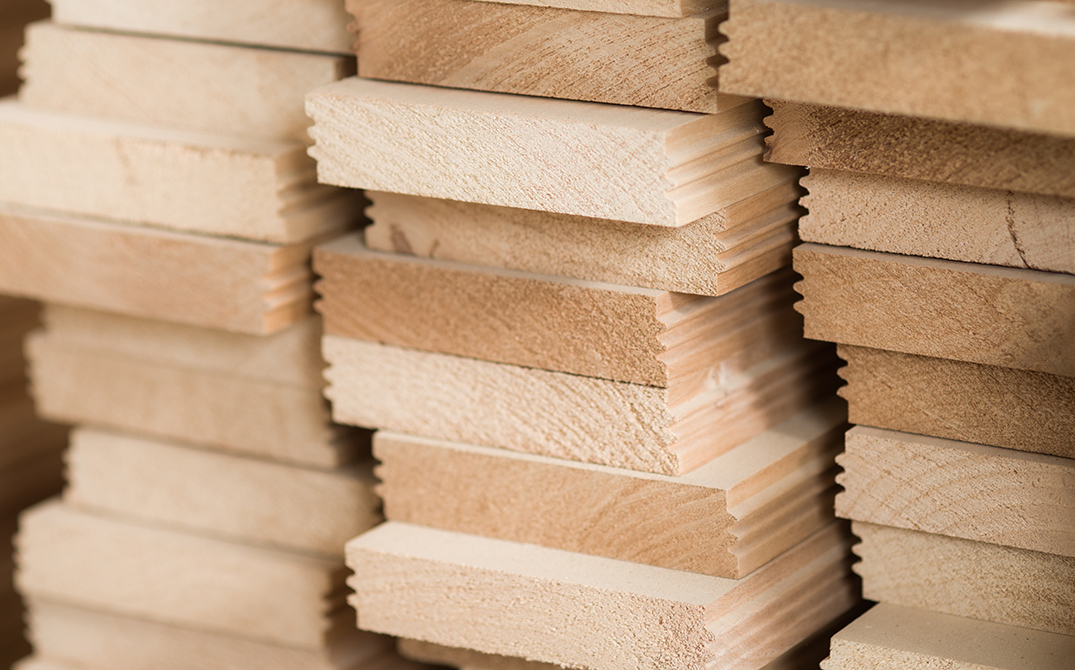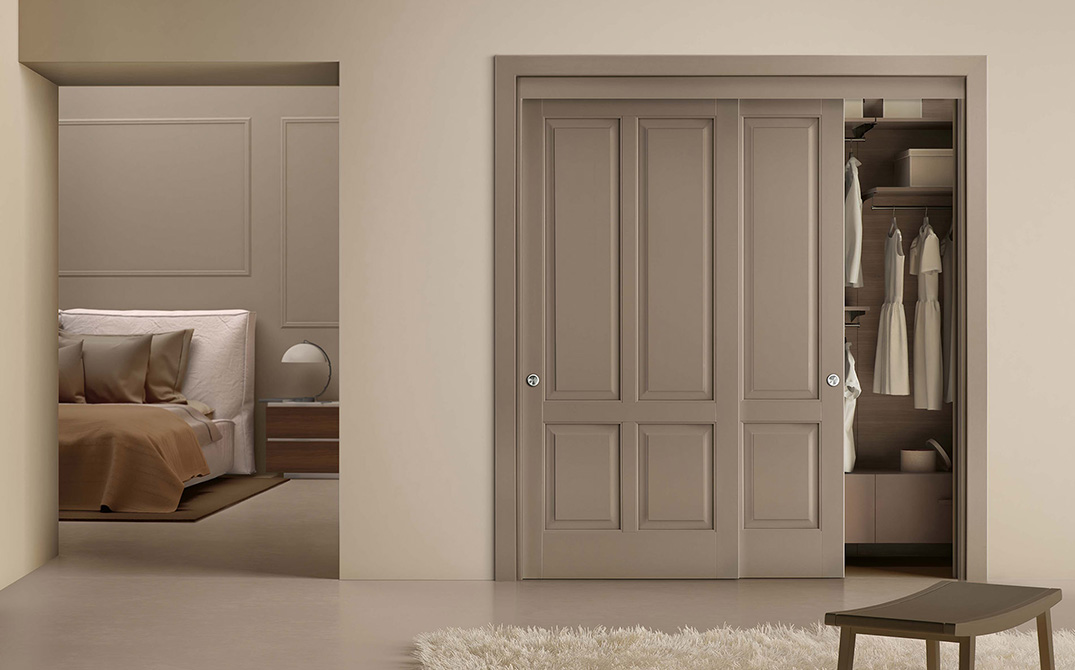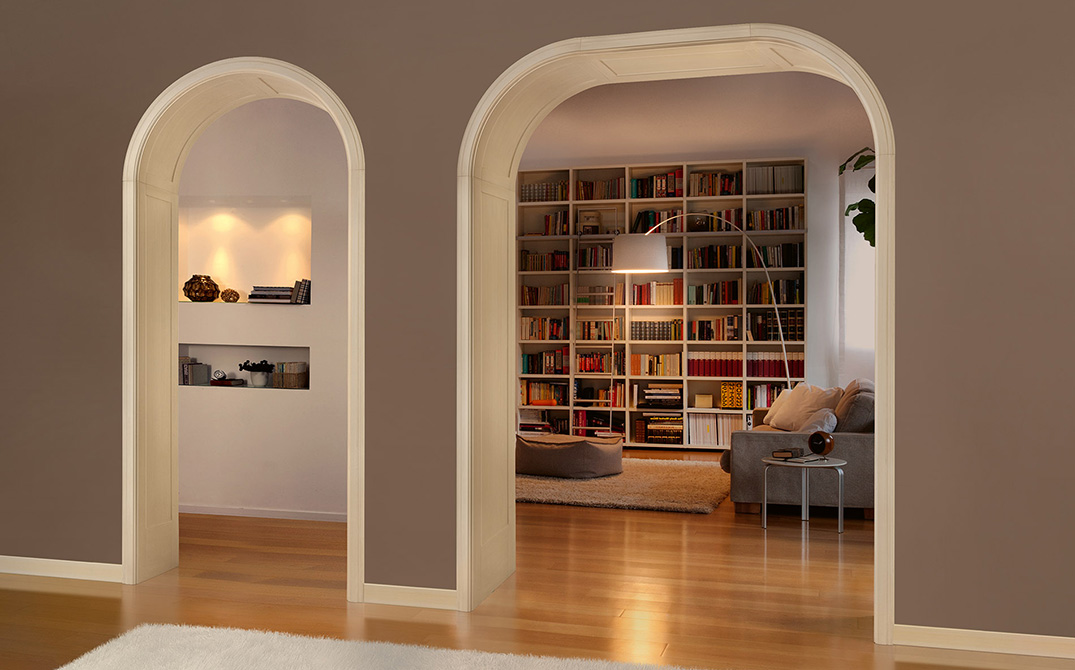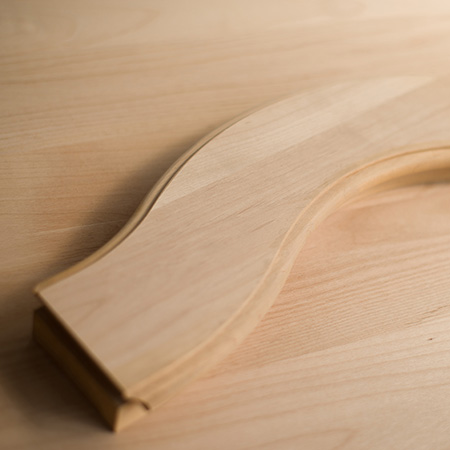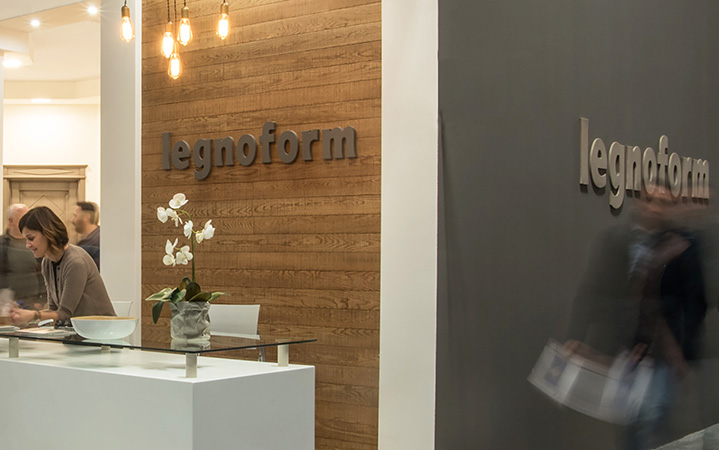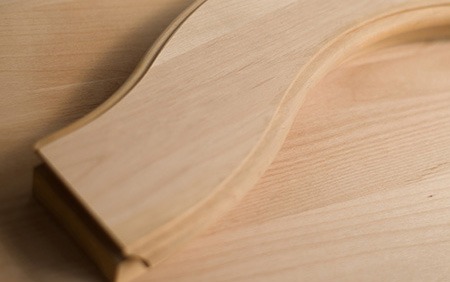Porte senza tempo
Da oltre 60 anni Legnoform intuisce, pensa e realizza porte interne, disegna idee, apre a nuovi stili,
accompagna l’anima del legno in tanti spazi fino a trasformarli in ambienti unici.
Collezioni Porte
Il legno e lo stile, insieme, per dare vita a collezioni di porte in legno massello in grado di unire tradizione e innovazione,
sapientemente plasmate per durare nel tempo e vestite di un aspetto al di sopra dei trend e delle mode.
Showroom
Un grande spazio espositivo, il luogo che Legnoform dedica alla presentazione delle proprie collezioni di porte.
Una showroom ideata per visionare l’ampia proposta di stili e finiture ma anche uno spazio
di operatività e di lavoro per ricercare le soluzioni più adeguate ad ogni specifica esigenza.

